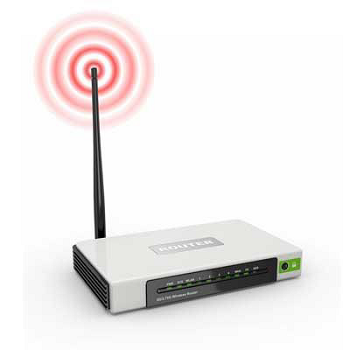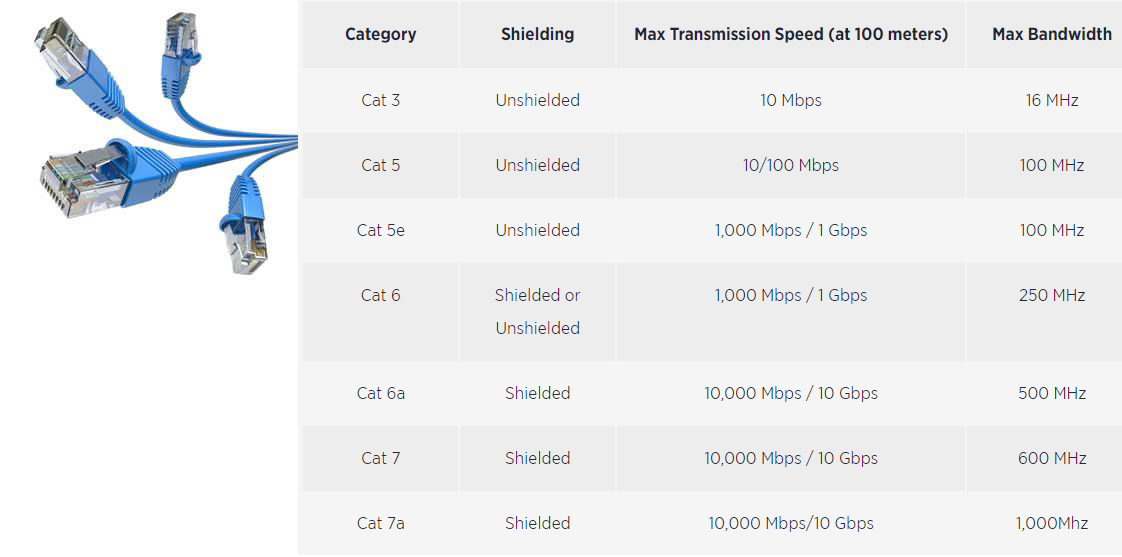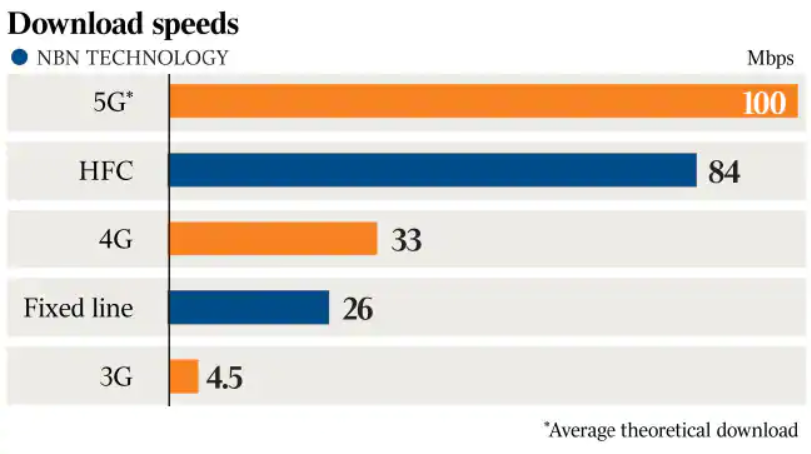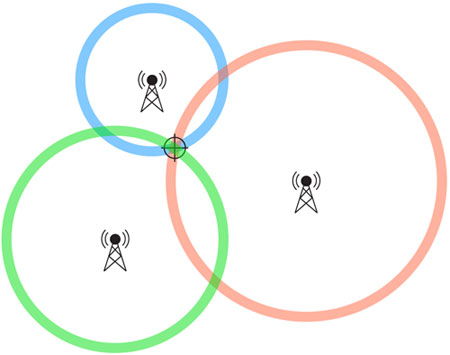Investigate how data is transmitted and secured in wired, wireless and mobile networks, and how the specifications affect performance (ACTDIK023).
A computer network comprises two or more computers that are connected — either by cables (wired) or WiFi (wireless) — with the purpose of transmitting, exchanging, or sharing data and resources.
Types of computer networks may include:
- local area network (LAN) - e.g. in an office building. a LAN without cables is a wireless LAN (WLAN). typically privately owned and managed.
- wide area network (WAN) - connects LANs over wide areas. the internet is the largest WAN. typically collective or distibuted ownership.
- storage area network (SAN) - e.g. cloud block-level storage, which provides similiar functionality to user(s) as local physical drives might.
- virtual private network (VPN) - secure (encrypted) point-to-point connection between two nodes.
Some definitions:
- Node - a connection point inside a network that can receive, send, create, or store data. e.g. computer, printer, modem, switch, etc.
- IP address - unique number assigned to every device (node) connected to a network that uses the Internet Protocol for communication (e.g. 64.233.191.255:21)
- Port - identified by a number, a port is the communication endpoint that determines which application, service or process is being used (e.g. 64.233.191.255:21).
Different communication protocols use different ports.
Communications protocols
A set of rules governing the exchange or transmission of data between devices.
Transmission Control Protocol/Internet Protocol which works in two layers:
- TCP - compiles packets of data, more secure but slower than its alternative UDP which is used primarily for gaming
- IP - locates the destination (using IP address)
Protocols working with TCP/IP:
- HTTP port 80 - used for transferring web page files in a browser.
- FTP port 21 - used for sending and receiving any files over a network
Other protocols:
- HTTPS port 443 - HTTP with Secure Socket Layer.
- SMPP short message peer-to-peer protocol - used when a mobile phone text messages another mobile phone
- IMAP (port 143) and POP3 (port 110) - two most commonly used email protocols
- DNS port 53 - Domain Name System, used to mask IP addresses with more easy-to-understand names, for example, both of these are identical: https://103.16.130.41:443 vs digisoln.com - which is easier?
Router - a connecting device that transfers data packets between different computer networks.
 Repeater, Hub & Switch:
Repeater, Hub & Switch:
- Repeater - boosts (regenerates) a signal to travel further
- Hub - bounces network messages to all ports until it finds the right one
- Switch - breaks down data using packet switching to find and forward message to intended destination (unlike a hub which simply broadcasts to all ports)

Gateway - connects entirely different networks that work upon different protocols. Gateways are the entry and the exit points of a network and control access to other networks. At home, your ISP (e.g. Telstra) is (likely) your gateway. Gateway nodes at school or work often act as a proxy server (i.e. an intermediary server that can provide privacy, security or load balancing) and a firewall.
 Bridge - connects two separate Ethernet network segments. Although really similiar to a switch, a bridge is better than a switch at extending the distance capabilities of a network (by connecting two network segments together), whereas switches are used primarily for their filtering capabilities (i.e. connecting multiple clients to a network).
Bridge - connects two separate Ethernet network segments. Although really similiar to a switch, a bridge is better than a switch at extending the distance capabilities of a network (by connecting two network segments together), whereas switches are used primarily for their filtering capabilities (i.e. connecting multiple clients to a network).

Network Connection Speeds
Ethernet cables - copper material within PVC, measured by their category speeds:
 What will be quicker - 5G or NBN? How will wireless technologies cope in regional Australia?
What will be quicker - 5G or NBN? How will wireless technologies cope in regional Australia?
 Three cellular towers can triangulate your position. When towers 'handoff' your connection based on your movements, connection can be compromised or lost:
Three cellular towers can triangulate your position. When towers 'handoff' your connection based on your movements, connection can be compromised or lost:








